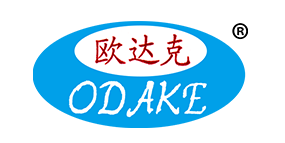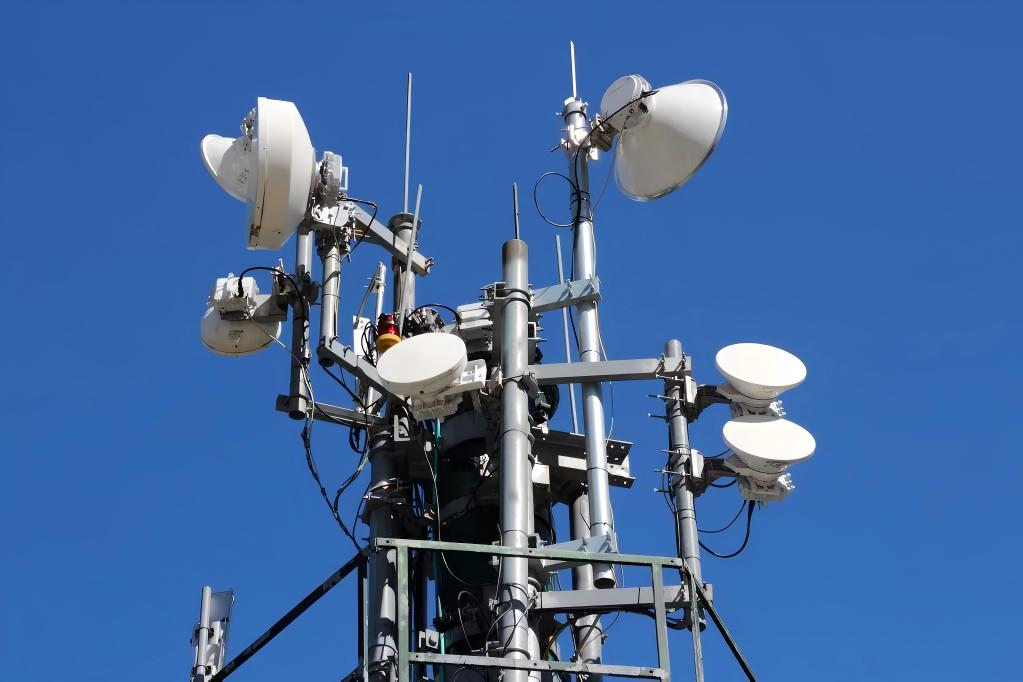Introduction: The Heat Challenge in Modern Electronics
As electronic devices continue to evolve—becoming smaller, faster, and more power-dense—efficient heat dissipation has become a defining factor for performance and reliability. From 5G communication modules and EV battery packs to high-performance CPUs, next-generation electronics rely heavily on advanced thermal management materials.
Among these, thermal adhesive materials stand out as a breakthrough solution—offering both mechanical bonding and thermal conductivity in one formulation.
What Are Thermal Adhesive Materials?
Thermal adhesives are specialized compounds designed to bond components while effectively conducting heat away from heat-generating elements. Unlike thermal pastes or pads, they provide permanent adhesion, mechanical stability, and long-term reliability, even under harsh environmental conditions.
Core Properties Include:
High thermal conductivity (typically >1.0 W/m·K)
Strong adhesion to metals, ceramics, and polymers
Electrical insulation to prevent short circuits
Customizable curing options (room temperature, UV, or heat cure)
Common base systems include epoxy, silicone, and acrylate, enhanced with aluminum oxide (Al₂O₃), boron nitride (BN), or graphene fillers for optimal thermal performance.
Latest Innovations in Thermal Adhesive Technology
1. Graphene and Carbon-Based Fillers
Graphene-enhanced adhesives deliver exceptional thermal conductivity-to-weight ratios, making them ideal for wearable electronics, LEDs, and flexible PCBs where lightweight, high-performance materials are essential.
2. Nano-Ceramic Composites
Nano-sized fillers improve thermal pathways and mechanical integrity, ensuring reliable bonding even under intense thermal cycling. These materials are widely adopted in automotive and aerospace electronics.
3. Electrically Conductive Thermal Adhesives
New hybrid adhesives combine electrical and thermal conductivity, supporting power devices, RF systems, and EMI shielding where electrical continuity is beneficial.
4. Eco-Friendly and Low-VOC Formulations
Driven by sustainability goals, modern thermal adhesives now offer low-VOC, halogen-free, and recyclable compositions—helping manufacturers meet global environmental standards.
Key Applications in Emerging Technologies
| Industry | Typical Applications |
|---|---|
| Electric Vehicles (EVs) | Battery cells, inverters, BMS, and sensors |
| 5G Infrastructure | RF modules, antenna arrays, and cooling plates |
| Consumer Electronics | Smartphones, tablets, and gaming devices |
| LED Lighting | High-power LED assemblies and drivers |
| Aerospace & Defense | Avionics systems and satellite modules |
These sectors increasingly demand materials that ensure compact design, thermal reliability, and long lifespan—all areas where thermal adhesives deliver proven advantages.
Benefits of Advanced Thermal Adhesives
Efficient heat dissipation and enhanced system performance
Improved reliability under thermal stress and vibration
Simplified assembly—bonding and heat transfer in one step
Design flexibility for compact and lightweight electronics
Reduced maintenance and longer component life
Future Outlook: Smarter, Adaptive Adhesives
The next generation of thermal adhesives will likely incorporate intelligent, adaptive behaviors, such as self-healing, variable conductivity, and thermal response control. Combined with AI-driven material design and precision manufacturing, these innovations will unlock a new era of high-performance, sustainable electronics.
Conclusion: Partnering for the Future of High-Performance Electronics
As electronics continue to push the boundaries of power and miniaturization, the role of advanced thermal adhesive materials becomes ever more critical. By integrating high thermal conductivity, strong adhesion, and environmental compliance, these materials are enabling the next generation of intelligent, reliable, and energy-efficient devices.
If your company is exploring high-performance thermal management solutions, collaboration with a trusted materials expert can make all the difference.
At USODAKE Advanced Materials, we specialize in custom-engineered thermal adhesives designed for cutting-edge electronics and industrial applications. Our R&D and manufacturing facility in Dongguan City, Guangdong Province, China, provides global clients with reliable, high-quality thermal bonding solutions.
📍 Location: Dongguan City, Guangdong Province, China
🌐 Website: https://usodake.com
📧 Email: dghxxw888@163.com
📞 Phone: +86-769-81617120 | +86-13711910698
Discover how USODAKE can help you optimize performance, reliability, and production efficiency for your next-generation electronics.
FAQs About Thermal Adhesives
1. What is the difference between thermal paste and thermal adhesive?
Thermal paste is non-permanent and designed for easy reapplication, while thermal adhesive offers a permanent bond, combining both heat dissipation and mechanical attachment.
2. Can thermal adhesives replace screws or clips in assembly?
Yes. In many compact electronics or vibration-prone environments, thermal adhesives replace mechanical fasteners—reducing weight and simplifying the assembly process.
3. Are all thermal adhesives electrically insulating?
Not always. Most are electrically insulating, but electrically conductive variants are available for applications requiring both conductivity types.
4. How do I choose the right thermal adhesive for my project?
Selection depends on thermal conductivity, curing method, operating temperature, and substrate compatibility. Consulting a materials expert or manufacturer is recommended for optimal results.
5. What industries benefit most from thermal adhesives?
Thermal adhesives are widely used in EVs, 5G systems, consumer electronics, LED lighting, and aerospace, where efficient thermal management is essential.






